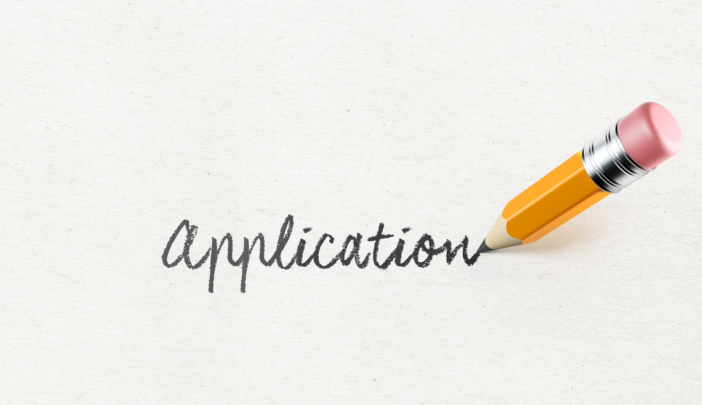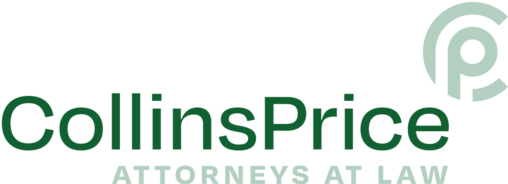
Before applying for any disability program, you must complete a Social Security Disability Application. Most Social Security Disability claimants applying for Social Security Disability Insurance (SSDI) or Supplemental Security Income (SSI) prefer to work with an attorney. But some Social Security Disability attorneys do not file initial applications for claimants.
Can a Disability Lawyer Help Me File My Application?
How do you know if a disability lawyer will help you file your initial disability application? Easy – just call them and ask! Often, disability lawyers will provide you with a free consultation on your claim and then tell you to “call back if your initial application is denied.” But, some Social Security disability lawyers, including the attorneys at Collins Price, do help claimants file initial applications when our workload permits.
If the disability lawyer can help, they will ask that you compile a list. This list will consist of your treating providers, medications and work history dating back 15 years. They may also ask you for other identifying information. And, to set an appointment to file either in-person or over the phone.
With your information in hand, your disability attorney will access the Social Security Administration’s online system and file your claim. Claims for SSI are not filed online. If you qualify for SSI, the attorney will note this filing on your SSDI application. Then, they will submit the SSI claim as a separate paper application.
Attorneys typically need about an hour to an hour and a half with you to file an application.
Most initial applications are denied, but some claimants prefer to file their initial application without a lawyer. The benefit of this approach is if a claimant is approved at the initial application level, they don’t have to pay attorney fees.
How To File a Disability Application
If you wish to file your disability application on your own, you can go about that in two ways:
- Call your local Social Security field office and ask for an appointment to file. They’ll either set you up with a date and time in which a SSA rep will call you, or post-pandemic – you can go in person. You’ll want to prepare ahead of time by compiling the same information we mentioned above.
- File online at www.ssa.gov/benefits/disability. Click the blue button that says file for disability. Special note: This system is designed for standard adult SSDI disability claims. The online system will not always work for SSI, children’s disability benefits, widows, or survivors’ benefits. If you need to file for Disability & SSI or anything other than standalone SSDI, we do NOT recommend filing online.
Important Sections in a Disability Application
Disability applications contain several sections. We’ll review the most important sections briefly below.
Section 1: Identifying Information
This includes your name, address, date of birth, Social Security number and gender. They’ll also ask if you are blind or have low vision and if you use glasses. Finally, they’ll ask for your city and state of birth and ask if you are a citizen of the United States. If you’ve had other names or Social Security numbers in the past, it’s important to also list those here.
Section 2: Date Your Disability Began
SSA needs to know the date your disability began. This can be the date you stopped working OR the date you reduced your work activity to levels below Social Security’s substantial gainful activity (SGA) limit. That limit in 2025 is less than $1,620 gross pay per month. You cannot use a date during which you were working and earning more than the SGA limit.
If you stopped working at an earlier date but something happened that rendered you disabled later, use the last date for your date of disability. And remember, it’s ok if you’re still employed, so long as your earnings are below the SGA limit.
Section 3: Spouse and Child Information
This section applies to married or previously married claimants. You’ll need your spouse’s name at birth, their date of birth, Social Security number, and the date and place of your marriage. If you’ve had a prior marriage, you’ll need all spouse information for any prior marriage that lasted more than 10 years. If you have any children under the age of 18, you’ll need to list basic information about them as well.
Section 4: Recent Employer Details
This section requests information on your most recent employer. SSA will ask you to list your employer’s name, address, and the date you started and stopped working there. In addition, they’ll ask you to report how much money you earned from that employer during the year you’re applying. Close to this section, or later in the application you will also see a prompt requesting bank account information. You’ll need to provide SSA with your bank account information including your account and routing numbers so that any future benefits can be deposited directly into your account.
Section 5: List of Medical Conditions
This section is very important and involves you compiling a list of your medical conditions, and a current heigh and weight. SSA also requests that you designate a contact person, typically a friend or relative, to receive a Function Report questionnaire. Once they receive this questionnaire, they will need to describe how your disabilities affect you day-to-day.
Section 6: List of Medical Facilities
Next, you’ll provide SSA with a list of medical facilities. Of note, sometimes SSA phrases this as “list your doctors,” but if you don’t remember your doctor’s individual name, it’s ok to just list the name of the medical office. Provide an address and phone number for each facility at which you had an inpatient or outpatient visit at least a year prior to your alleged date of disability. If you have additional information to provide going back further than a year and that information is relevant to your disability, you can include it here.
You’ll also need to provide approximate dates for visit. You don’t need to remember every visit you make to a doctor’s office. But, it is important to remember and list the date of your first visits, your most recent visit and future visits.
In addition, be sure to include the dates of any visits to the Emergency Room, any medical test with notes that include dates and describe the treatment, and a list of medications with information about who prescribed the medication and for what reason.
Section 7: Job History
Disability applications ask you to provide a job history dating back 15 years. You’ll need to list the job title and type of company for each entry. And you’ll need to list your start/stop dates, and how many hours per day and days per week you worked in addition to your rate of pay.
If you’ve only had one job in the last 15 years, enter a detailed job description. If you’ve had more than one job in the last 15 years, the application just asks you to enter basic information. Later, the SSA will send you a Work History Report form to complete with room for more detailed information.
Section 8: Education
Simply enter your educational background in this section including the last school you attended and when you graduated. Claimants should also list any specialized classes they took related to a learning disability.
Common Questions About Disability Applications
Sometimes claimants want to know how thorough they need to be when describing their medical conditions. The most important thing to remember here is that as long as you provide accurate facility names and date ranges for your visits, SSA will pull most of the information they need from your medical records. So, you can be brief in your descriptions (i.e. just say – treating COPD at WFU Baptist).
After you file, it takes approximately four to six months to receive a decision. To check on the status of your application, you can call your local office or the Disability Determination Services (DDS) call center directly at 1-866-542-8113. If you receive any mail with a DDS caseworker’s extension on it, be sure to provide regular medical updates to this caseworker. (Of note: if you’re working with an attorney, provides these updates to your attorney.)
And finally, it’s important to follow-up regularly on your claim. You only have 60 days to appeal if your initial application is denied (and most are). If you don’t receive your denial letter in the mail for some reason, you may miss your appeal window and have to begin again.
Are you considering filing for Social Security disability benefits and want to speak with an attorney? If so, we’d be happy to offer you a free consultation on your claim. If you want to file your application on your own, we wish you a successful result!



